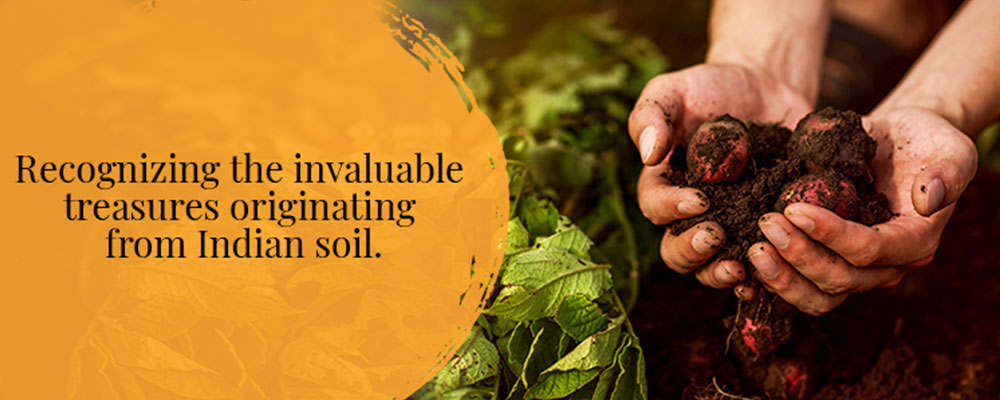





Muga Silk
Muga Silk is known for being one of the most expensive varieties of silk in the world. From silkworm rearing to the selection of cocoons and then to deflossing, reeling and weaving, the entire process adds to the uniqueness of the fabric making.
Antheraea Assama, the scientific name of the Muga Silk, itself points to the place of origin of this exotic silk. Assam accounts for more than 90% of the silk production. Muga production can be found in different parts of Assam, however, spanning from eastern boundary of Goalpara to the Kamrup region, we can see one of the hotspot of Muga production owing to the combination of factors like temperature, humidity, rainfall, soil and terrain.
Historically, evidence of Muga production has been mentioned in Kautilya’s Arthashastra (321B.C) and also some records say that rulers of Assam had gifted Muga silk to Harshavardhana, in around 7th century. With this delicate art of sericulture flourishing since ancient history, it was only under regime of Ahom kingdom that the sericulture production of Muga silk reached the zenith. Muga silk has carved place as a mark of royalty and provides a huge opportunity for employment growth as well as income generation. View Vendor List...



Tezpur Litchi
The two major regions in Tezpur for litchi cultivation are lichu pukhuri and porowa village. Historically, these regions are important. The fruit consists of 60% juice, 8% rag, 19% seed and 13% skin varying upon variety and climate. Litchi is also a source of vitamin C and minerals especially calcium, phosophorus and iron.
In 1922-24, late Padmanath Baruah, who was the chairman of Tezpur Medical Board brought some litchi layers from Kolkata and Mumbai and planted on the bank of that pukhuri.
The litchi orchard in porowa was started by Surjya Prashad Shing in 1954. At present there are 200 bearing old trees and 35 Ha newly planted trees. The Litchi from this orchard is exported nationally and globally.
GI VARIETIES
BOMBAIYA VARIETY: It is round and very large. Shape is just like an strawberry, seed is small. The color is brick red. Size is compact and scanted. Taste is sweet but slightly sour. Characteristic is profuse bearing.
BILAITI Variety: Round and very large. Shape is just like an apple, seed is small. Gi variety. The colour is brick red. Size is compact and scanted. Taste is Sweet. Characteristic is profuse bearing. View Vendor List...




